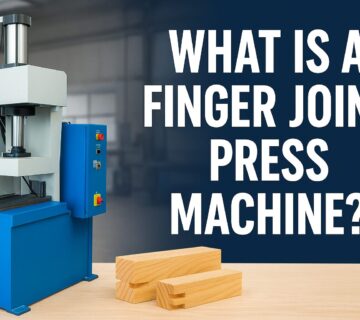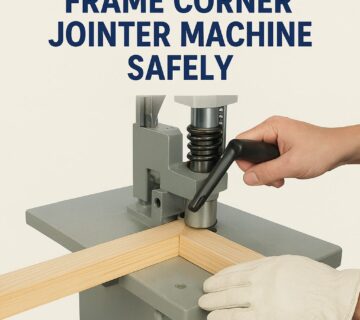Welcome to the workshop wonderland, where precision meets versatility – the world of spindle moulders. In this blog post, we’ll embark on a journey to unravel the intricacies of spindle moulders, exploring their design, capabilities, and the pivotal role they play in woodworking and crafting industries.
Section 1: The Core of Craftsmanship – Understanding Spindle Moulders Spindle moulders, often referred to as shapers in certain regions, are woodworking machines designed for precision cutting, shaping, and moulding of wood. Let’s delve into the fundamental components and features that make spindle moulders a staple in workshops.
1.1 Spindle Assembly: At the heart of the spindle moulder lies its spindle assembly. This component holds various cutting tools, such as moulding cutters, shaping blades, and grooving knives. The versatility of spindle moulders stems from their ability to accommodate different spindle sizes and configurations, allowing craftsmen to achieve a myriad of intricate designs.
1.2 Adjustable Fence and Table: Precision is paramount in woodworking, and spindle moulders deliver just that with their adjustable fences and tables. Craftsmen can tailor the setup to their specific project, ensuring accurate and repeatable cuts. The combination of a stable work surface and adjustable guides makes spindle moulders indispensable for creating intricate woodwork details.
Section 2: The Artistry of Spindle Moulding in Woodworking Now that we understand the key components, let’s explore how spindle moulders contribute to the artistry of woodworking.
2.1 Profiling and Moulding: Spindle moulders excel in creating intricate profiles and mouldings on wood surfaces. Craftsmen can use a variety of cutters and shaping tools to add decorative elements, edges, and intricate designs to furniture, cabinetry, and other wooden pieces.
2.2 Joinery and Tenoning: Beyond surface detailing, spindle moulders play a crucial role in joinery and tenoning. The machine’s precision allows craftsmen to create seamless joints, enhancing the structural integrity and aesthetics of wooden constructions.
Section 3: Advancements in Spindle Moulder Technology As technology evolves, so do woodworking machines. Let’s explore some of the latest advancements in spindle moulder technology.
3.1 Digital Controls and Automation: Modern spindle moulders often come equipped with digital controls, allowing craftsmen to set and adjust parameters with precision. Automation features streamline workflows, reduce setup times, and enhance overall efficiency in the workshop.
3.2 Safety Innovations: Safety is a top priority in any workshop, and spindle moulder manufacturers continue to invest in safety innovations. Features such as emergency stop mechanisms, electronic braking systems, and integrated dust extraction contribute to a safer working environment for craftsmen.


No comment